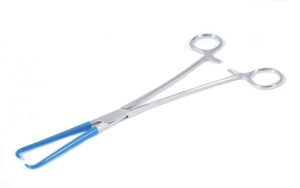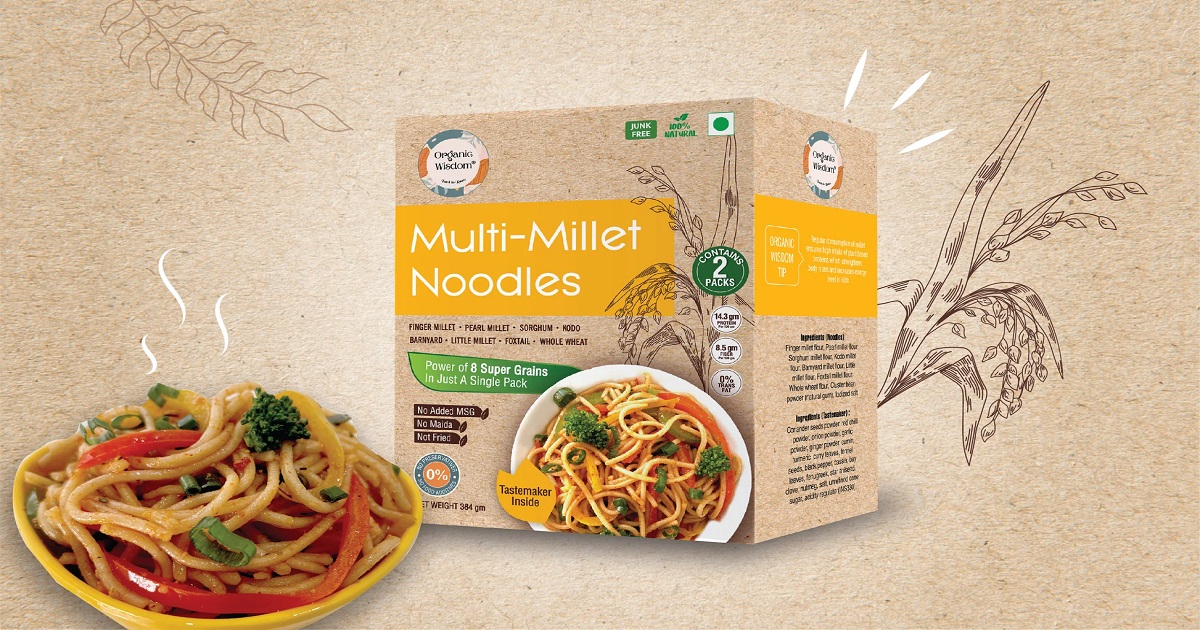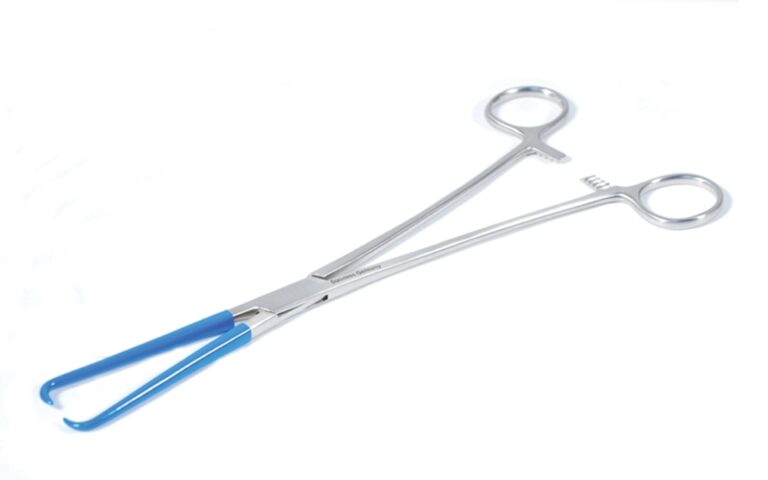Introduction
In today’s health-conscious world, the demand for nutritious and wholesome food options is on the rise. Among the many choices available, multi millet noodles have emerged as a popular alternative to traditional wheat-based noodles. Packed with essential nutrients and boasting a delightful taste, multi millet noodles offer a unique culinary experience that caters to both health enthusiasts and food lovers alike.
Understanding Multi Millet Noodles
What are Multi Millet Noodles?
Multi millet noodles are noodles made from a blend of various millet grains such as pearl millet, finger millet, foxtail millet, and sorghum. These noodles are gluten-free and offer a range of health benefits due to the diverse array of grains used in their production.
Nutritional Profile
Rich in Nutrients
Multi millet noodles are a powerhouse of nutrition, containing essential vitamins, minerals, and dietary fiber. They are particularly high in iron, calcium, magnesium, and B vitamins, making them an excellent choice for individuals looking to boost their nutrient intake.
Low Glycemic Index
One of the key advantages of multi millet noodles is their low glycemic index. This means that they cause a slower and steadier rise in blood sugar levels compared to traditional wheat noodles, making them suitable for individuals with diabetes or those looking to manage their blood sugar levels.
Health Benefits
Weight Management
Due to their high fiber content and low glycemic index, multi millet noodles can help promote satiety and prevent overeating, making them a valuable addition to weight management diets.
Heart Health
The diverse mix of millet grains in multi millet noodles is beneficial for heart health. These grains contain compounds that help lower cholesterol levels and reduce the risk of cardiovascular diseases.
Digestive Health
The fiber-rich nature of multi millet noodles supports digestive health by promoting regular bowel movements and preventing constipation. Additionally, the presence of prebiotics in millet grains nourishes beneficial gut bacteria, contributing to a healthy gut microbiome.
Cooking and Serving Suggestions
Versatility in Cooking
Multi millet noodles can be cooked in various ways, including boiling, stir-frying, or adding them to soups and salads. Their mild flavor allows them to pair well with a wide range of sauces, vegetables, and proteins, offering endless possibilities for delicious and nutritious meals.
Serving Ideas
Stir-Fried Noodles
Toss cooked multi millet noodles with your favorite stir-fried vegetables and protein for a quick and satisfying meal.
Soup Noodles
Add cooked multi millet noodles to vegetable or chicken broth along with your choice of vegetables and herbs for a comforting and nourishing soup.
Cold Noodle Salad
Combine chilled cooked multi millet noodles with fresh vegetables, herbs, and a tangy dressing for a refreshing and wholesome salad.
Conclusion
In conclusion, multi millet noodles are a nutritious and delicious alternative to traditional wheat noodles. Packed with essential nutrients, low in glycemic index, and versatile in cooking, they offer a range of health benefits and culinary possibilities. Whether you’re looking to enhance your nutrient intake, manage your weight, or simply indulge in a flavorful meal, multi millet noodles are an excellent choice that caters to both health and taste preferences.





















